
Puma Cat
-
Posts
78 -
Joined
-
Last visited
-
Days Won
3
Content Type
Forums
Gallery
Store
Classifieds
Posts posted by Puma Cat
-
-
Just in the name of accuracy here, folks, none of the cameras under discussion are specified by their manufacturers to be "weather sealed". They are specified to be "weather resistant". I see folks using the term "weather-sealed", and it's inaccurate terminology.
Weather-sealed and "weather-resistant are not the same terms or specifications, at all. This difference in terminology and, more to the point, engineering specification is important, and the reason its that none of these cameras are warranteed for repair for any ingress of water, water vapor, or moisture.
Adzman808's comments that the cause of failure modes resulting from moisture ingress is usually corrosion is also accurate, and can take take weeks or months to develop. Since the spread of corrosion in electronics is insidious, there's no way to repair the camera; and it generally has to be scrapped. This is another reason that manufacturers will not warranty the camera to be weather-sealed or against the ingress of moisture.
-
Of course, I had to take it to the race track to try it out. It performed very well and is very responsive. In particular, the back button for autofocus is much improved over the X-T2's. The silky shutter makes it easy to take multiple frames without the shutter breakover impacting panning or holding the lens by hand.Chevrons with Cosworth BDA 2-liter motors are always fast at this track. Fuji X-H1 and 50-140 with 1.4X extender

 Formula Atlantic with Cosworth twin-cam BDA are very fast at Sonoma Raceway.
Formula Atlantic with Cosworth twin-cam BDA are very fast at Sonoma Raceway. Big Aston Martin used as the pace car
Big Aston Martin used as the pace car Porsches!
Porsches!


So, here's my conclusions to date: a lot of folks are looking at the X-H1 as a line extension to the X-T-series. It's not; its a completely NEW line of camera bodies intended for what I would classify as "hard-core" professionals, specifically those that will be working in tough and demanding environments, and will need to frequently use long, fast, heavy prime telephotos or cinema lenses. This is why it has the number "1" after it. Its intended for sports, motorsports, combat photojournalists, wildlife photographers, studio photographers, and professional videographers, and in some use-cases, those end-users who need stabilize those lenses. If one was in the Canon system, this set of end-users would comprise the photographers that need a Canon 1D-class body; the X-H1 is the analog in the Fuji X system to a Canon 1D-series camera.
My experience is that the majority of photographers will or do not need a 1D-series body, but some, like me, for my professional motorsports photojournalism work do: we need a tough, durable, strong and stiff camera body that can safely mount long, heavy, fast prime teles and not break.
What I've found that has been a big added plus are the vastly improved shutter mech, the significantly better EVF, the improved continuous high-speed AF system using parallel processing, the increased matrix metering accuracy, and improvements in operational efficiency from the addition of the sub-monitor and touchscreen LCD.
-
So, engineering requirements aside, what's the X-H1 like to use in the real world? Well, personally, I find it to be much like an X-T2, which is truly an excellent camera, but functionally better in every way.
Some data regarding the size: The X-H1 is WHOPPING 5% larger than the X-T2 in 2 of 3 dimensions, and 10% thicker at its minimum depth dimension, the extra thickness necessary to incorporate the IBIS subsystem. Here is a top view photo showing my Graphite Silver next to my X-H1. So, while the size difference is "statistically significant", do I find it to be practically significant? No, with the exception that the grip is MUCH better than the X-T2's.Regarding weight: The X-T2 with a RRS L-plate mounted is actually 17 grams heavier (I did the data analysis) than X-H1. Do I ever think about how heavy the X-T2 is when I am using it in the real world with its L-plate mounted? Nope, and likewise do I think about the weight X-H1 when I am using it in the real world? No.The leaf-spring shutter button and 5-spring suspended shutter mech is an absolute joy, the smoothest, silkiest, quietest, best damped focal plane shutter I have ever used, hands down, bar none, from any manufacterer. There is absolutely no "breakover" in actuating the shutter, and it is designed so that no vibration or shock is transferred to the body to interfere with the IBIS system. Incredible and really, really nice. REALLY nice.The 3.7 million dot EVF is amazing, fast, clear, and gorgeous to look at but more importantly, the camera has exceptionally accurate matrix metering, on par with the GFX, which is exemplary. See the photo of Putah Creek Pond below to see how accurately the X-H1 meters to render both shadow detail and capture the highlights in the sky without blowing out. This metering accuracy makes it a snap to edit images by just needing to set black/white points. That's it. By contrast, I found my first X-T2 in matrix metering mode seemed to consistently read the scene as darker than it actually was, thereby overexposing by 1/3 or 1/2 a stop. The X-H1 metering system seems to be much more accurate, and the higher resolution and clearer EVR makes it easier to gauge the exposure preview of the scene.
So, while the size difference is "statistically significant", do I find it to be practically significant? No, with the exception that the grip is MUCH better than the X-T2's.Regarding weight: The X-T2 with a RRS L-plate mounted is actually 17 grams heavier (I did the data analysis) than X-H1. Do I ever think about how heavy the X-T2 is when I am using it in the real world with its L-plate mounted? Nope, and likewise do I think about the weight X-H1 when I am using it in the real world? No.The leaf-spring shutter button and 5-spring suspended shutter mech is an absolute joy, the smoothest, silkiest, quietest, best damped focal plane shutter I have ever used, hands down, bar none, from any manufacterer. There is absolutely no "breakover" in actuating the shutter, and it is designed so that no vibration or shock is transferred to the body to interfere with the IBIS system. Incredible and really, really nice. REALLY nice.The 3.7 million dot EVF is amazing, fast, clear, and gorgeous to look at but more importantly, the camera has exceptionally accurate matrix metering, on par with the GFX, which is exemplary. See the photo of Putah Creek Pond below to see how accurately the X-H1 meters to render both shadow detail and capture the highlights in the sky without blowing out. This metering accuracy makes it a snap to edit images by just needing to set black/white points. That's it. By contrast, I found my first X-T2 in matrix metering mode seemed to consistently read the scene as darker than it actually was, thereby overexposing by 1/3 or 1/2 a stop. The X-H1 metering system seems to be much more accurate, and the higher resolution and clearer EVR makes it easier to gauge the exposure preview of the scene. A lot of folks in the internet "specs geeks" forums have been griping about the removal of the exp comp dial for the submonitor, but in actual use, this has not been a problem for me in any way whatsoever. I have my rear command dial to be able to actuate the exposure comp functionality by a simple press, and then a turn of the dial sets comp quickly and effectively. And the EVF now displays a full ± 5 stops of compensation. And, I don't find that I am inadvertantly bumping the exp comp dial as I often find happens on my X-T2 when I am running around from place to place shooting at the race track.And, having the submonitor has proven to be much more useful than I originally anticipated. It's really nice to be able to glance down at it with lenses like the 18-55 or 10-24 to see what aperture the lens is set at, as well as a panoply of other useful information. When the camera is switched off, its great to be able to see how many frames are left on the card, the available battery capacity, and the exp. comp setting. Bottom line: the more I use the camera, the more I like it.The rear touch screen is nice also, and I really like being able to swipe to bring up the auto timer, the RGB histograms, or the roll/pitch gauge on the LCD. The fact that you can configure it to be only active on a specified part of the screen, as well as the increased eye relief of the new EVF, this lets you look through the viewfinder without getting grease from your nose on the LCD, as well as letting you use the LCD touch functions. The next post will show some real world use photographs, including high-speed continuous autofocus.
A lot of folks in the internet "specs geeks" forums have been griping about the removal of the exp comp dial for the submonitor, but in actual use, this has not been a problem for me in any way whatsoever. I have my rear command dial to be able to actuate the exposure comp functionality by a simple press, and then a turn of the dial sets comp quickly and effectively. And the EVF now displays a full ± 5 stops of compensation. And, I don't find that I am inadvertantly bumping the exp comp dial as I often find happens on my X-T2 when I am running around from place to place shooting at the race track.And, having the submonitor has proven to be much more useful than I originally anticipated. It's really nice to be able to glance down at it with lenses like the 18-55 or 10-24 to see what aperture the lens is set at, as well as a panoply of other useful information. When the camera is switched off, its great to be able to see how many frames are left on the card, the available battery capacity, and the exp. comp setting. Bottom line: the more I use the camera, the more I like it.The rear touch screen is nice also, and I really like being able to swipe to bring up the auto timer, the RGB histograms, or the roll/pitch gauge on the LCD. The fact that you can configure it to be only active on a specified part of the screen, as well as the increased eye relief of the new EVF, this lets you look through the viewfinder without getting grease from your nose on the LCD, as well as letting you use the LCD touch functions. The next post will show some real world use photographs, including high-speed continuous autofocus. -
I'm going to add my initial impressions article rather than starting a new thread. Apologies in advance to Mike G and Rand whom have seen these posts in other fora.
I should preface my comments below that I bought my X-H1 specifically for my professional motorsports photojournalism work, so my comments should be considered from that context firmly in mind, specifically with respect to my discussion of the engineering requirements and design embodiment of the X-H1, so lets get down to reasons why Fuji built this camera:One of the things I've been posting about on various photo-fora is how much more robust the body on the X-H1 has been engineered to accomodate long, heavy, prime telephotos and the new MK-X Cine lenses. Fujifilm did considerable engineering to strengthen and, most importantly, stiffen the frame and lens mount to be able to mount long, heavy, prime telephotos and the new Cine MK zooms. These "devices", as Fuji refers to them, put a considerable tension load on the lens mount, and thus the lens mount needs to be designly sufficiently robustly to support these loads.Here's an example: note how much thicker and "beefier" the "support/stiffening ring" around the lens mount is on the X-H1 compared to the X-T2. The other thing I noted today is that Fuji moved the button for releasing the lens from the lens mount to further away to make it easier to disconnect larger (and wider in diameter) lenses. This little change is a big win for me, as it was difficult at times to actuate the lens release button on the 50-140 and 100-400.Why was this done? Back in early 2017, when Fujifilm engineers were asked if they were going to develop a 200 mm f/2.0 or f/2.8, replied, "A 200 mm f/2.0 would require an entirely new camera body". The engineering work documented in the white paper from Fujifilm on the development of the frame fully supports that statement. From the Fujifilm X-H1 development white paper:"Let's examine the X-H1. The product planner requested the developers to make the body more robust so that new devices could be installed and the expected camera performance could be realized. In order to make the body more robust, the frame, which is made of magnesium alloys, needed to be strengthened by adding extra thickness.The frame is 125% thicker for X-H1, meaning that the frame has almost doubled in volume (1.25 x 1.25 x 1.25 = 1.95). The strength of the frame is almost twice as strong.Portability and lightweight are the charm of the X Series. This should always be taken into account even when considering an exterior design that is more robust. The designer examined the frame closely and learned where the stress is most/least applied and where the extra strength is most/least needed. With the study, the following structure with pillars jointing the exterior part has been realized, which helped minimize the effect on body size."
The other thing I noted today is that Fuji moved the button for releasing the lens from the lens mount to further away to make it easier to disconnect larger (and wider in diameter) lenses. This little change is a big win for me, as it was difficult at times to actuate the lens release button on the 50-140 and 100-400.Why was this done? Back in early 2017, when Fujifilm engineers were asked if they were going to develop a 200 mm f/2.0 or f/2.8, replied, "A 200 mm f/2.0 would require an entirely new camera body". The engineering work documented in the white paper from Fujifilm on the development of the frame fully supports that statement. From the Fujifilm X-H1 development white paper:"Let's examine the X-H1. The product planner requested the developers to make the body more robust so that new devices could be installed and the expected camera performance could be realized. In order to make the body more robust, the frame, which is made of magnesium alloys, needed to be strengthened by adding extra thickness.The frame is 125% thicker for X-H1, meaning that the frame has almost doubled in volume (1.25 x 1.25 x 1.25 = 1.95). The strength of the frame is almost twice as strong.Portability and lightweight are the charm of the X Series. This should always be taken into account even when considering an exterior design that is more robust. The designer examined the frame closely and learned where the stress is most/least applied and where the extra strength is most/least needed. With the study, the following structure with pillars jointing the exterior part has been realized, which helped minimize the effect on body size." "The development continued. There are certain parts of camera body that needed extra consideration. For example, front body important in terms of ergonomics and operability, but the impact on weight is huge if the entire front body were simply 125% thicker. Another extra consideration was given to the mount. In near future there will be lenses that weigh more than 2kg."(that's 4.4 pounds, guys, that a big-assed, heavy lens)
"The development continued. There are certain parts of camera body that needed extra consideration. For example, front body important in terms of ergonomics and operability, but the impact on weight is huge if the entire front body were simply 125% thicker. Another extra consideration was given to the mount. In near future there will be lenses that weigh more than 2kg."(that's 4.4 pounds, guys, that a big-assed, heavy lens) Continuing from the Fujifilm development white paper: "Considerable load would be applied to the mount. The mount needs to withstand the weight of the lens. Photographers move around when they are at work, so additional stress would be applied on top of the lens weight. To withstand the stress, the mount part is reinforced ribs as shown below. The mount itself is thickened (note: per my photograph above) and the ribs gives additional support."The diagram below from the Fujifilm development white paper depicts the reinforcement rib in the camera frame. The bright white lines are steel (not magnesium) reinforcement ribs and pins to provide the requisite stiffness for supporting these tension loads while still maintaining the optical tolerances (which are at the micron level). These are not insignificant engineering challenges and accomplishments.
Continuing from the Fujifilm development white paper: "Considerable load would be applied to the mount. The mount needs to withstand the weight of the lens. Photographers move around when they are at work, so additional stress would be applied on top of the lens weight. To withstand the stress, the mount part is reinforced ribs as shown below. The mount itself is thickened (note: per my photograph above) and the ribs gives additional support."The diagram below from the Fujifilm development white paper depicts the reinforcement rib in the camera frame. The bright white lines are steel (not magnesium) reinforcement ribs and pins to provide the requisite stiffness for supporting these tension loads while still maintaining the optical tolerances (which are at the micron level). These are not insignificant engineering challenges and accomplishments. More on my practical experience follows in the subsequents posts.
More on my practical experience follows in the subsequents posts. -
Forto Porsche in pit lane. GFX...

X-T2 pics...
Will Power...


Joseph Newgarden

Graham Rahal

Ryan Hunter-Reay


Scott Dixon

Helio Castroneves

-
Reflections of Joseph Newgaren....
Fuji GFX...
-
Another point for consideration. I shot with my X-T2 for my last pro race for the year, and 11FPS was WAY more than enough frame rate to my meet needs. In point of fact, I shot about 3x more frames that I usually do with my Canon; and had to discard 2/3 of the images, not because they were soft, but because I don't need 10 shots of a car apexing a corner. Even with the 10+ FPS that current pro DSLR bodies provide, the fact of the matter is, most sports pros don't shoot that way at all; they shoot like a Navy Seal for the most part, 2-3 frames per subject/per shot, not 8 or 10 or 14. In the vast majority of situations, they only need one shot of an athlete, a racehorse, a race car doing something at any given instant, not 20. Their photo editor only needs one, too. They don't have to, and don't want to, shoot "spray and pray" style. I can see how amateurs need this approach to get a "keeper" but all they are doing is ending up with way more frames needed that have to culled and stored, and a lot more shutter actuations necessary to get the shot.
On the whole, it all adds up to a LOT more images than necessary and a LOT more actuations on the shutter. This doesn't get talked about much, but the shutter durability is one of the top requirements for a professional using pro bodes.
-
As you go up the ladder in terms of features and expense, your returns diminish while your costs increase. Do you believe a 1Dx is three times as good as a 5Dmk3? Do you believe that a Ferrari is 10 times as good as a Honda Civic? I don't, but they'll sell less of them, to people who absolutely need (or absolutely want) the few improvements that it provides, and the a9 is the same.
The a9 isn't competing against the X-T2, it's competing against the 1Dx, and the D5.
It won't be competing against the 1Dx and D5 unless it has big, fast glass: 300 and 400mm f/2.8, 500/f.4, 600/f5, etc *and* a level of support like Canon provides at major events. I was shooting at a MotoGP years ago at Philip Island, and the Canon support team there had a replacement battery closure latch....which they replaced for free, of course. They also let me check out a 500/f4 for an afternoon.
-
Hi!
I'm really on the fence about upgrading from my X-T1 to the X-T2. It has a lot of improvements I like, usable video being one of them, but at the end of the day it comes down to image quality.
I have heard a lot of conflicting opinions about the image quality of the X-T2 compared to the X-T1. Some say it's way better, others say it's missing the Fuji magic from the earlier generations. I love the image quality of my X-T1.
So, upgrading to the X-T2 is a significant expense and if the magic isn't there then it may be a mistake upgrading.
How do those of you that have upgraded feel about it? Any regrets? Was it worth it?
If you have both then which do you prefer image quality wise?
I'm talking OOC JPEG here mostly as RAW can be processed to taste either way, but any opinions from owners is appreciated. Don't want to spend the money and then be disappointed by the image quality.
Thanks,
Erik
I have both and like both very much. Regarding out and out performance, the X-T2 is a major step up over the X-T1 is many different areas, most notably AF performance, overall responsiveness of the camera, resolution, etc.
Regarding image quality...that depends on what you specifically mean by image quality, and you haven't specified exactly what you mean. There is obviously more resolution. Regarding other more subjective attributes e.g. tonality, gradation, dimensionality, I would say that the X-T2 is comparable, but somewhat superior to the X-T1. A lot of this is subjective and depends on many different factors, e.g. the quality of light, the lens, the scene, the amount of light relative to shadow, the intention of the photographer, etc. etc. I will say that the X-T2 has notably more dynamic range than the X-T1 and as a consequence, much more editing headroom.
Hope this helps.
-
Just got a X-T2 two weeks ago ( had a X-T10 before, which I love), and for everything else than couple of major issues (for me) it's a beast!
Two big issues though:
1. The Auto-exposure on the X-T2 sucks, and almost always underexposes. It prioritises highlights to a degree, where it's not nearly as usable for SOOC jpeg shooters and the X-Trans II gen. cameras. I really wish that would fix this. My older X-T10 nailed exposure 99% correct.
2. The film sims. need some tweaking to match the X-Trans II equivalents. Some are better though. Velvia and Astia for example.
Things that are a real improvement from my X-T10 was:
1. Autofocus performance. Fantastic. Even with my 35mm 1.4 R, which was super slow on the X-T10, is now it's super fast.
2. Waxy skin tones from ISO 1600 and above is gone!
3. High ISO performance. I am going back and forth if the new sensor really is 1 stop better, or if it's just the noise characteristic that's different and better. Can't say for sure.
4. Overall performance. Fast fast fast. Startup, Playback, everything.
5. Acros simulation
6. Resolution
7. Detail of the new sensor. There is a difference. Small, but noticeable.
I would agree that the autoexposure algorithm has changed a bit on the X-T2 relative to the X-T1 and there is an emphasis when using the Pattern metering mode for "exposing to the right." If one is going to expose in one direction or the other, this is in fact the correct direction because there is more data in the image in the highlights than in the shadows. This has to do with how the camera bins the data when it converts the real image to a digital representation. I will say that the dynamic range on the X-T2 is considerable, and if highlights appear blown in the JPEG preview one obtains when using the camera in the Pattern mode, you can almost always fully recover highlight detail of the RAW image. If it is still an issue, though, try the "center-weighted exposure mode" on the X-T2, which meters more along the lines of the Pattern (Multi) mode of the X-T1.
-
Do you like big, bulky lenses? If you do, then Sony is the way to go. Otherwise, resolution aside, both system are equally competent.
The X-T2 has resolution that is fully comparable or equivalent to the Sony A7RII. The difference in detail that a digital camera can resolve is a factor of pixel pitch (pixels per unit area), not the total number of megapixels on the sensor. If the X-T2 had a full-frame sensor, it would be an ~ 50 megapixel sensor. There are other aspects to what we perceive as sharpness, and a key factor is acutance. This is the ability for the eye to discern small differences in micro-contrast. This is more largely determined by the lenses than the sensor, and the image processor of the camera, as well, rather than the raw number of megapixels of the sensor.
-
For me the xt2 has been a game changer for me. I have shot a lot of wildlife with the 5d mark3 7d mark2 and 5d mark 1 40 d etc. I sold all of my canon gear and I am very happy with the auto focus performance of the xt2 and 100-400. I have had to change some settings mainly to use back button focus and created my own continuous custom focus set. The Fuji have always had quirks but what camera does not have a few quirks? The 100-400 is a stellar lens and once you know how to use the camera the rest is up to your skill s as a photographer. The sensor is isoless you can recover shadows without getting a bunch of noise! I will hopefully get out once the roads are cleared here(blizzard conditions dropped about 30cm) and I will post some photos of birds in flight. If you want to see some of my work I am on 500px under Mlala. Michelle is my first name. In summary I think the xt2 is worth the upgrade if you shoot moving subjects.
I agree, and also agree with you on the 100-400 lens. I was impressed with it's image quality. I was initially skeptical because I own the (original) Canon 100-400, and, it's an "okay" lens, but it goes soft zoomed out further than 350mm.
-
I suspect I'll jump back on the wagon as soon as they become available. Truth is, there is just nothing else out there that checks near as many boxes for me, as the X-T2. Great images BTW.
James, if you wait a bit....you could get the X-T2 in Siver/Graphite! (if inclined). Apparently it will be announced in January. This makes me think Fuji may be getting on top of the demand for X-T2s.
-
Puma Cat, My problems were slightly different with that body. I was having the situation where it switched into electronic shutter spontaneously and then grossly over exposed the images. The only way to remedy it was to pull the battery. I was using the S battery and it happened to me in both boost and non-boost mode, with and without the grip, and on multiple different lenses. Fuji tech-support actually told me to send it back.
Really sorry to hear that, James.
That's a real failure mode that can occur; if Fuji wanted it back, they likely will do a fault-tree analysis to figure it out and remedy the situation.
Unfortunately, the facts are there are no defect-free manufacturing processes; from any company. This is a maxim in the area of quality, and is the basis for quality disciplines e.g. TGM, Six Sigma and/or LEAN. There is alway a (small, hopefully) proportion of products that could be, or are, defective, or can have failure modes in specific use situations. I know it may not be much solace to the folks that have to deal with the issues, but Fuji is a responsible company and takes resolving quality issues and continuous improvement very seriously, so the factors that affected your or others' cameras will be resolved.
-
Actually that's good practice. More people should do that. It removes the emotional attachment you may have had to a certain moment and allows you to judge the shot more for how good it actually is.
It *IS* a good practice. I will often go back to images from photography events, workshops or holidays months or even a few years later and review the "take", look for new insights into an image, and also, often will re-process a "select" with the new tools that are always available.
-
The reason for the top display is that a lot of pros shoot and waist level or even lower (sometimes with the camera on a very short tripod on the floor; think automobile editorial photography, for example) in the studio. Many, many pros used Rolleiflex TLR, Hassy CMs, all with a waist-level viewfinder for decades.
Also, remember the attachable viewfinder will tilt up (vertical) with it's adapter; this is also for intended for waist level use. The top display is very useful for shooting this way.
Fuji is very good at really understanding it's customer's needs; they think every design decision through very thoroughly, the design features are there for sound reasons.
-
Hi, had a little play with Luminar yesterday having finally got XT2 back from fuji service.. Certainly there is a lot of versatile adjustments to tweak and so far is looks like a buy.
Had one query that i contacted MacPhun about and that was why is the preference setting greyed out. I was using it via LRCC which i have set ProPhoto as colour space
but had no idea has to what colour space i was making adjustments in there only seems a setting when exporting it back.
Also when image returned to LR it had created a folder called Luminar in LR Collections folder as well as in the original folder.
Is your workflow via Lr or are you using as a stand alone software and have you noticed this..
MacPhun are brilliant with there support got back to me with query within a couple of hours.
Have fun
Yes, MacPhun's support is very fast, helpful and responsive. Plus they are open to feature requests and input from customers.
-
I know that there were some folks experiencing freezes with their X-T2, but as best as I can determine, this may have been due to using non-S batteres in boost mode, the battery overheating as a result, and the camera locking up because it cannot pull the voltage required in the time required.
I've been shooting with mine for three months now, including putting it through the rigors of a photojournalism assignment for a professional motorsports event over the course of three days straight, and it has performed flawlessly. The camera has completely exceeded my expectations for performance for my racing photography work, which my X-T1, as good as it is, could not do. In fact, the track I shoot for used one of my images for it's press release for the event.
The files appear to have an incredible amount of dynamic range, as well as superb image quality, as well as the gorgeous color Fuji's are known for.

The press release the track used....Simon Pagenaud







For me the X-T2, along with it's Vertical Power Booster Grip, has proven the foundation to be a formidable professional system.


-
Set your camera's exposure metering to metering in matrix or average. You have your camera set to spot. Spot will always metering the spot at which the square is over and can produce inconsistent results if that's not what you intend.
Yep, I was going to say it was set to spot metering AND manual exposure metering with set to -2.0 EV; its doing exactly what it was designed to do based on the settings by the operator.
-
Small, leightweight for a medium format camera and almost same handling like a x-t camera. Definetly not so sexy like the hasselblad but the in many cases better then X1D. The lens was not to heavy. I don't think that it will be a everybody's camera but for lot of professionals it will be a no brainer I guess?
Very cool! Not just getting the check out the GFX, but I would have loved to have had a dinner conversation with Kunio San.
-
You're unlikely to notice a significant difference between 16 and 24 megapixels with any of Fuji's lenses (zooming in to 100%). And you're certain not to notice any difference at normal display and print sizes. This isn't to say that the lenses aren't sharp enough for 24MP---they are. It's just that the 8MP difference is not very significant.
The new cameras are faster overall and have better autofocus performance and much better video quality. But for stills, and especially for slower paced shooting, rest assured you're not missing much by getting one of the 16MP bodies. I wouldn't pay the full retail price for the X-T1, though.
I agree with majority of your points, Kim, but you CAN see the difference in resolution between the two cameras on a 27" 5K Retina iMac. That being said, I fully agree that 16 megapixel resolution is plenty for the vast majority of applications and/or prints.
-
I recently bought the !00-400 lens and have found it it is a long way from sharp, in fact it's appallingly poor. As this is an expensive lens I expect more. I tested it on a tripod which was on a firm base. I used both the automatic focus and the manual focus (using peaking). The results were very poor. Any suggestions, am I missing something????
The one I rented was tack sharp.....very happy with the results.




-
Fuji is not going to implement IBIS any more than Canon or Nikon are. All companies are of the view that OIS is more effective, but it that it is not required on all lenses. It *does* have an impact on image quality, so where image quality is the no. 1 requirement, it will not be implemented if it also makes the lens too large or too heavy. For example, a Canon 70-200/2.8 L IS series 1 is notably larger and heavier than the Canon 70-200/2.8L *non-IS*. The non-IS was also sharper than the Series 1 IS version; I know 'cause I shot with both for years, and bought the non-IS version. Less elements, less flare, increased sharpness.
My guess is Sony got access to the IBIS tech from Olympus when they acquired a large share of Olympus equity when Olympus was faltering due to it's corruption scandal.
My advice? Use a tripod.
-
Why isn't the X-T2 here? I can't vote....



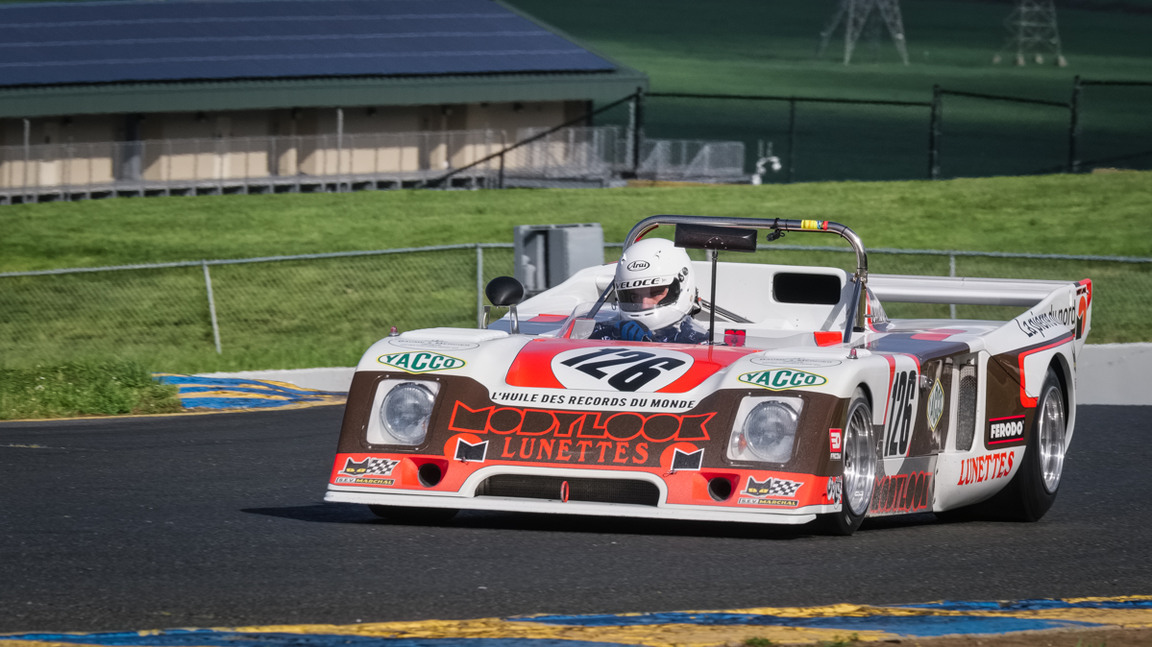
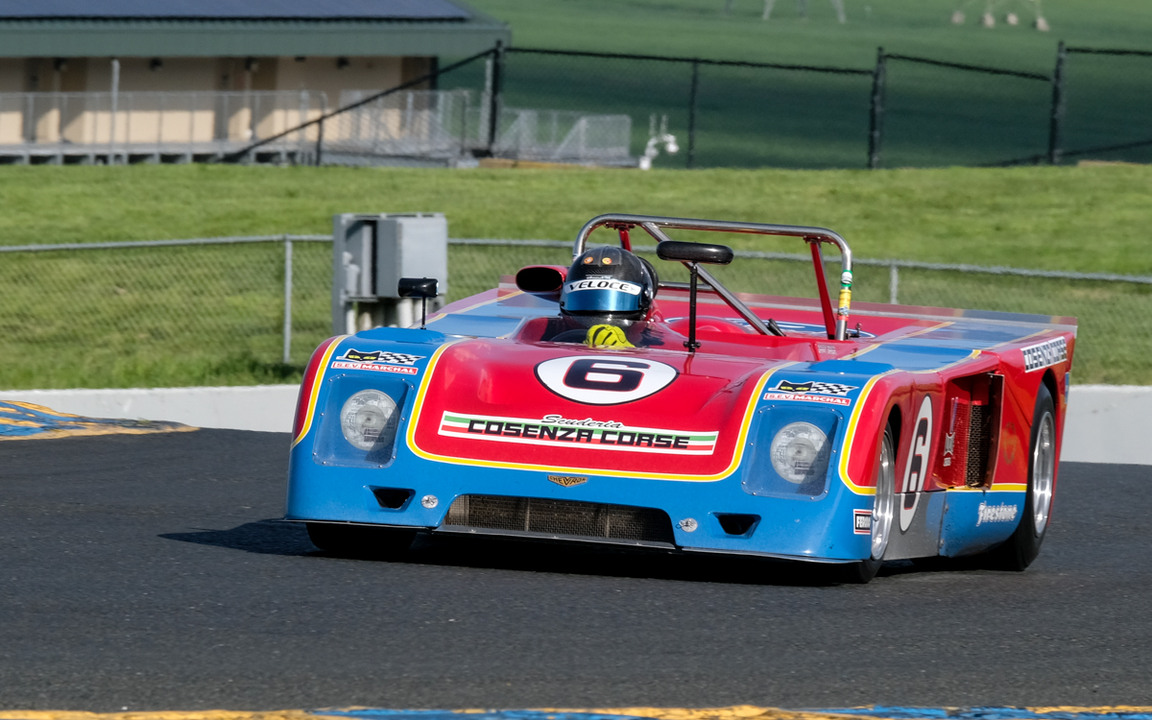
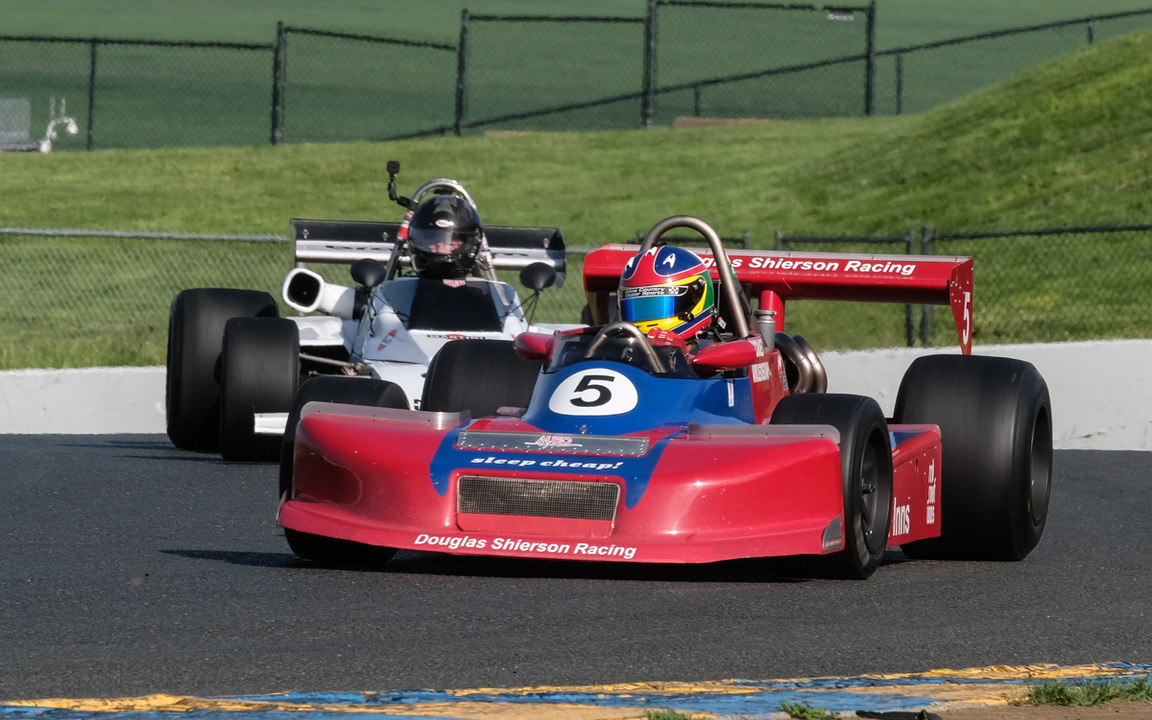
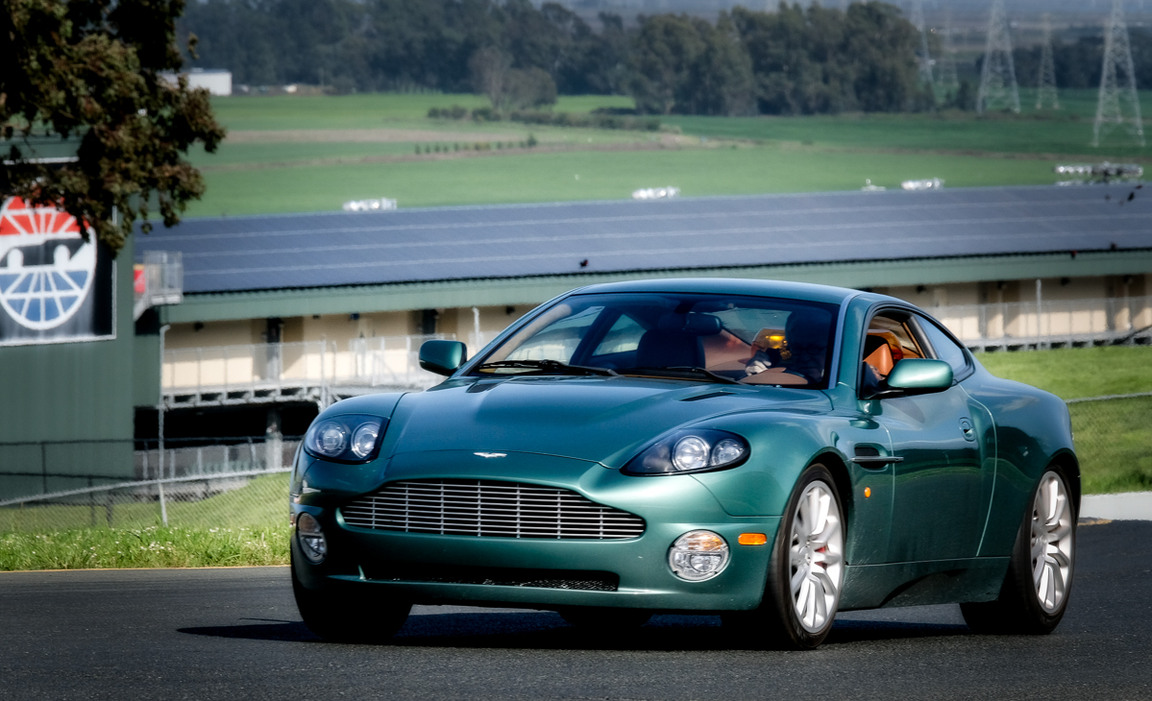
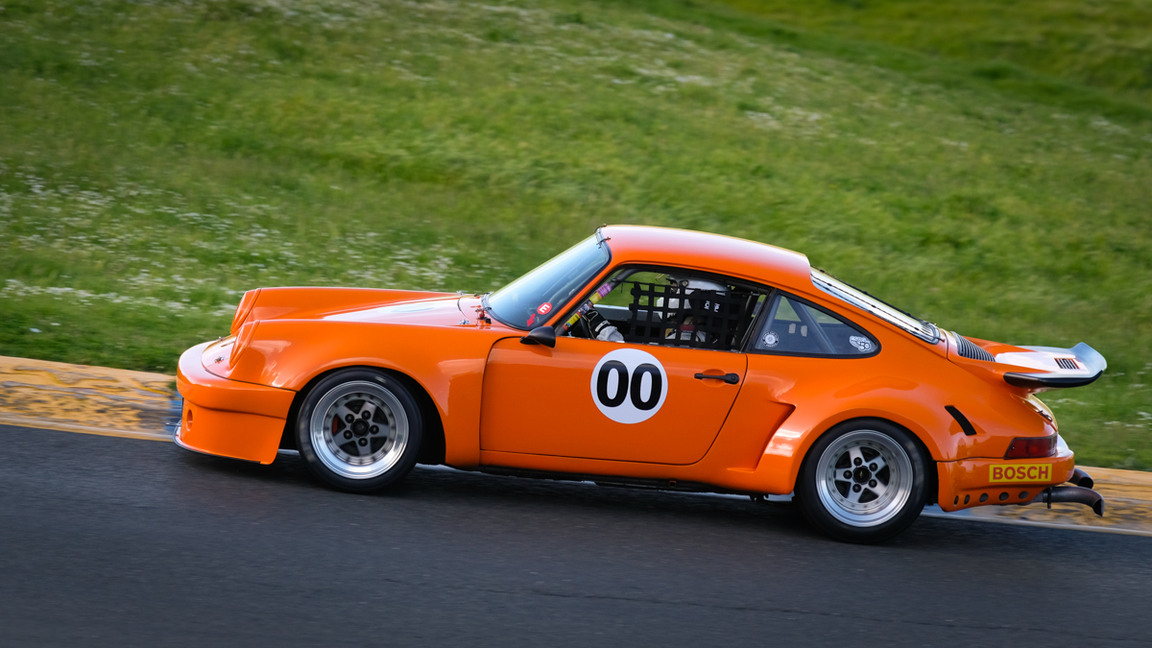
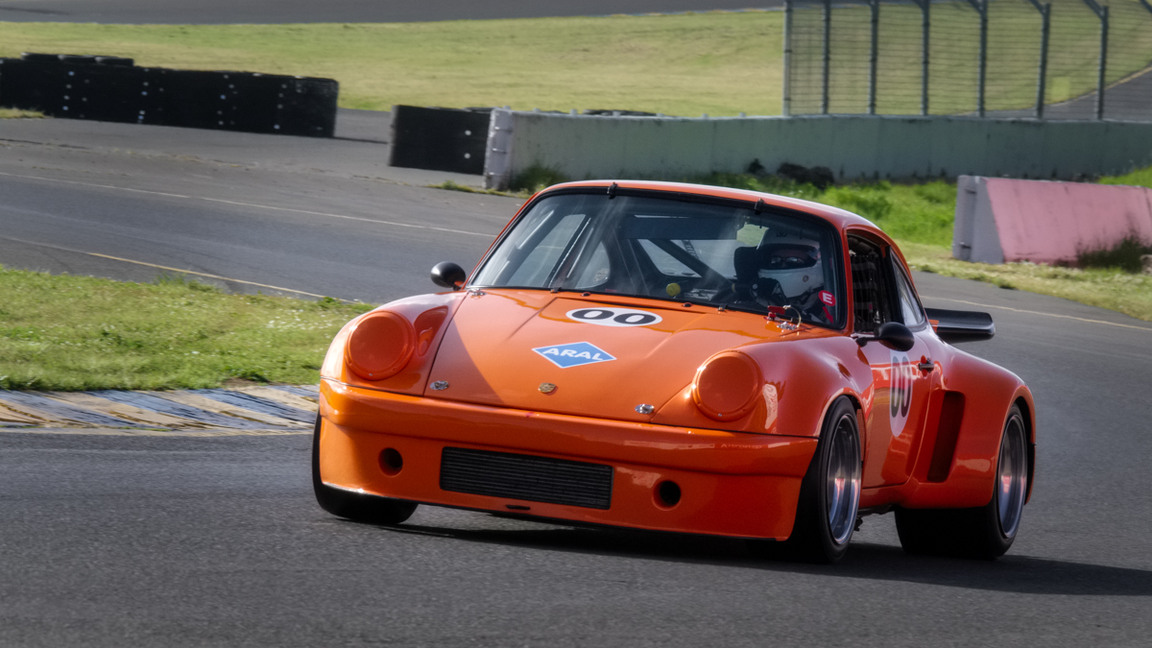
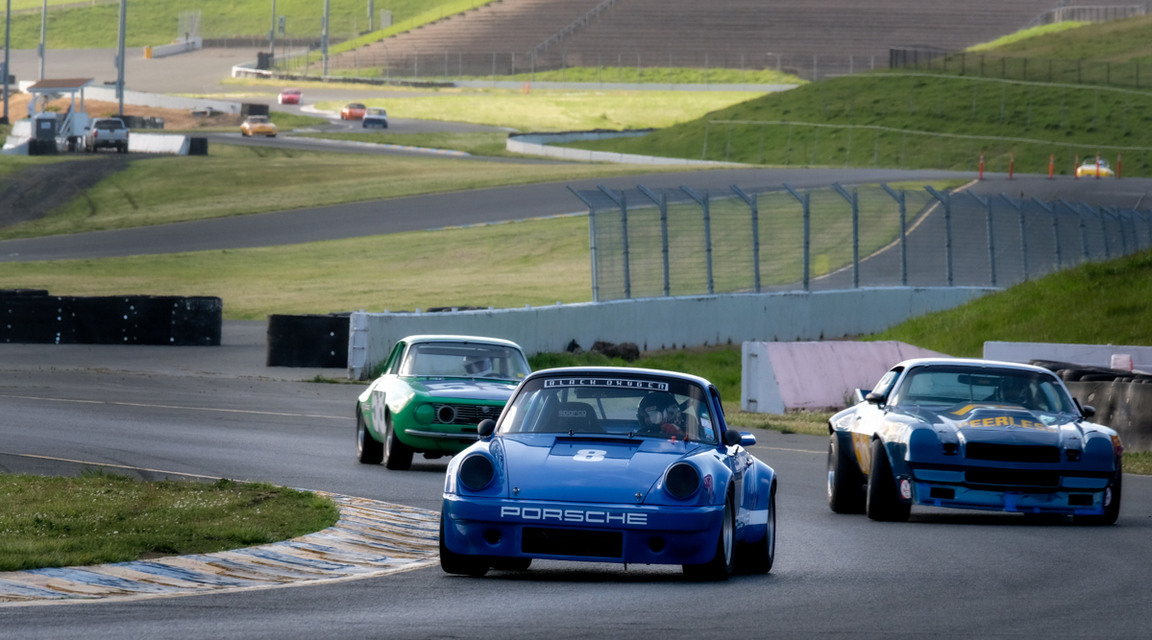
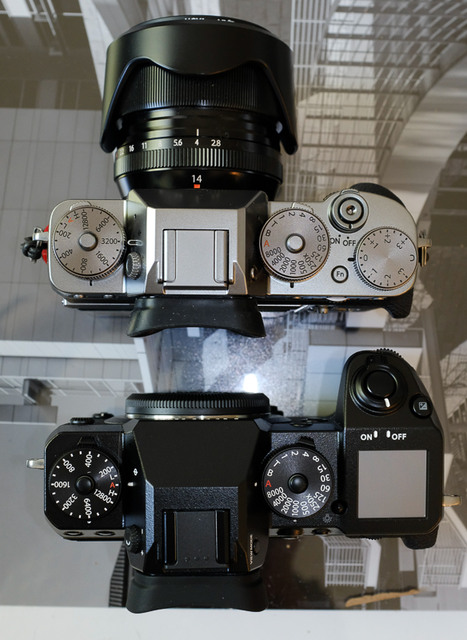

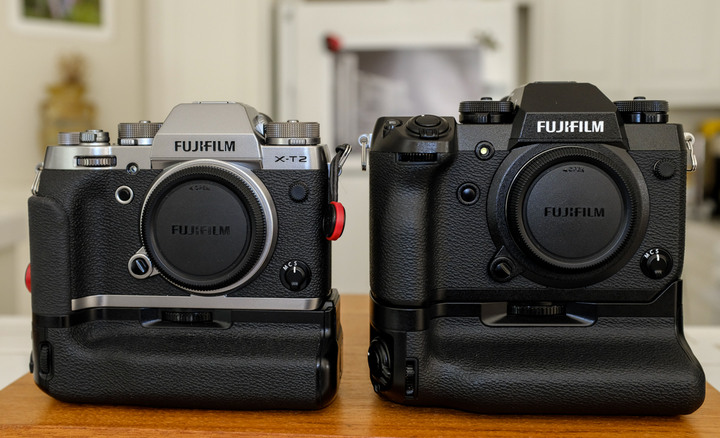
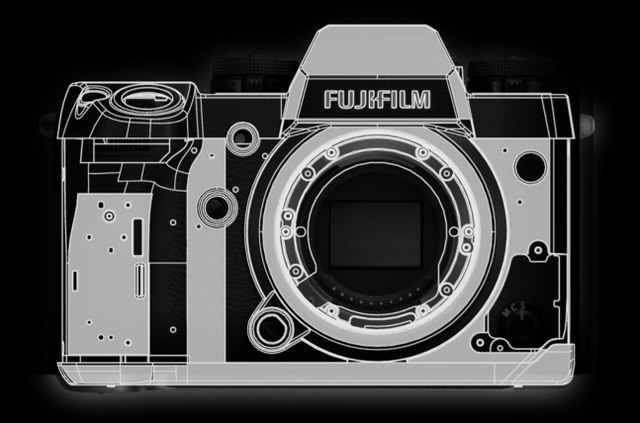
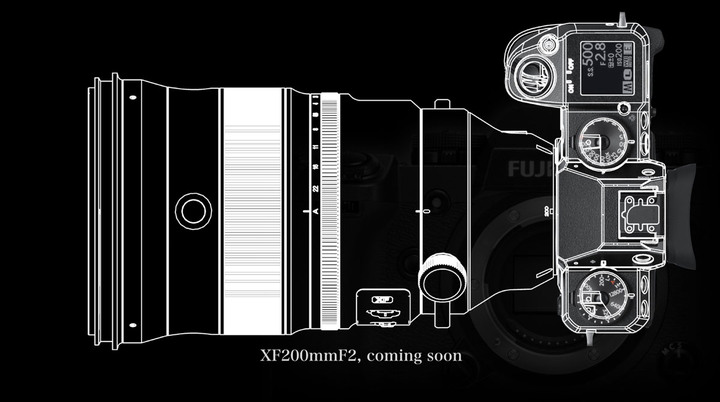
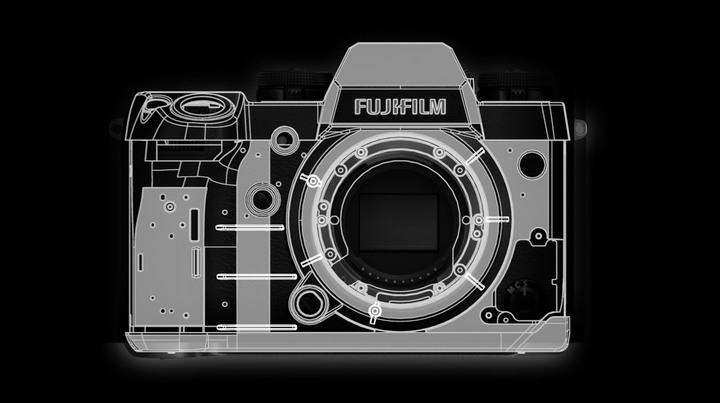


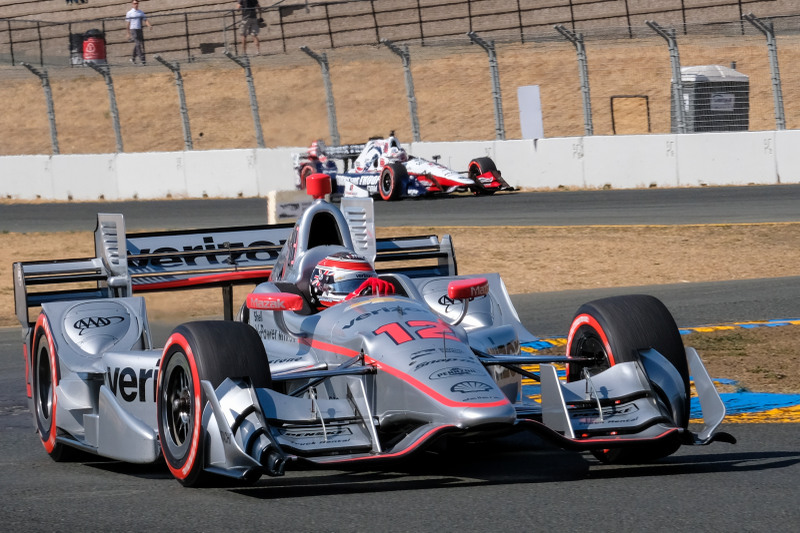
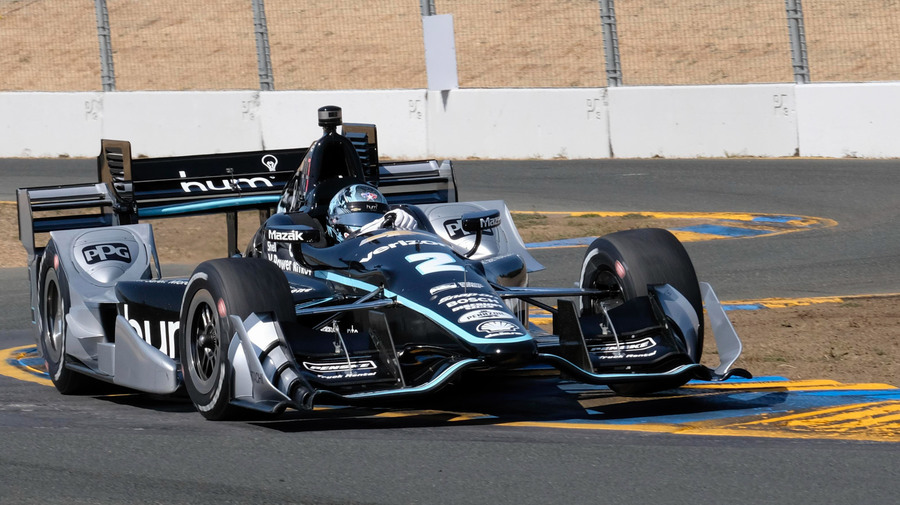
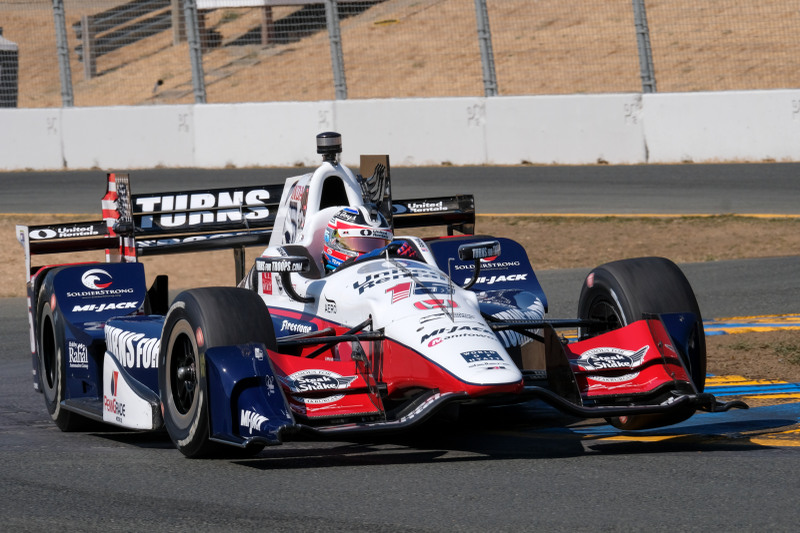
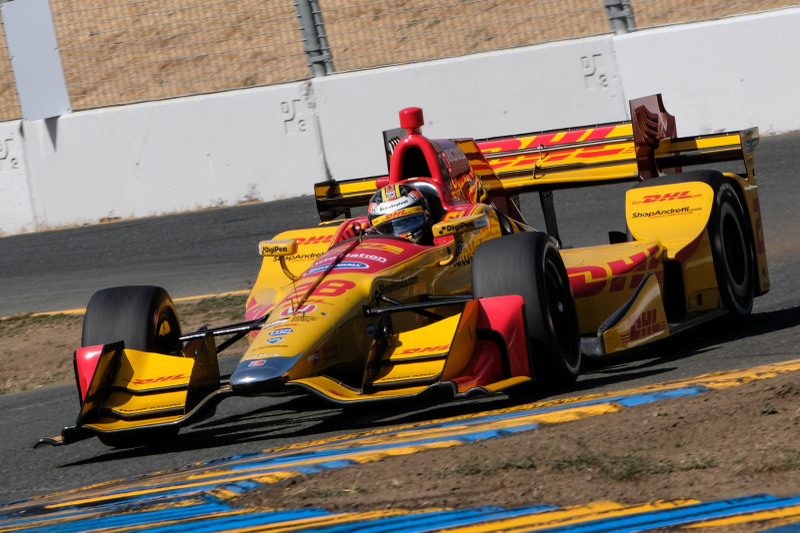
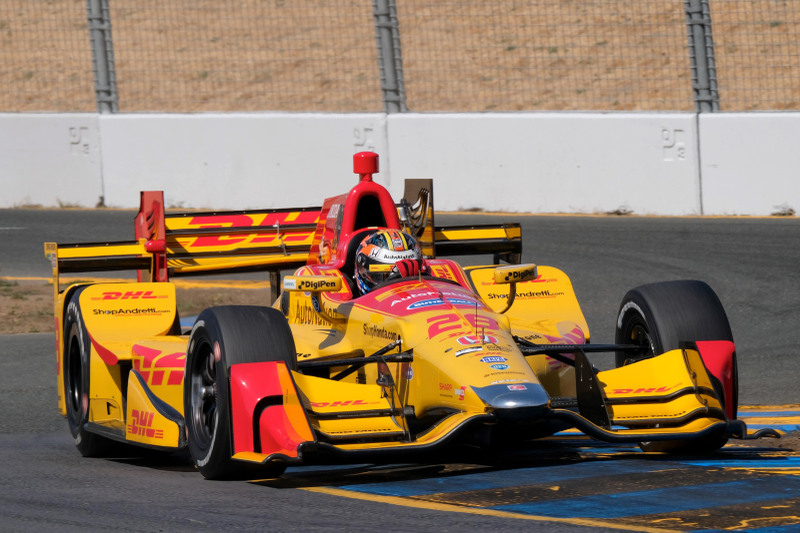
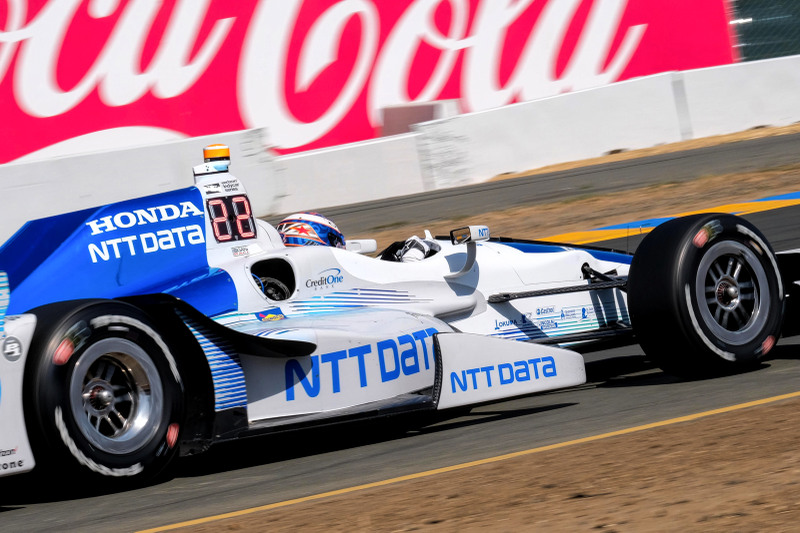
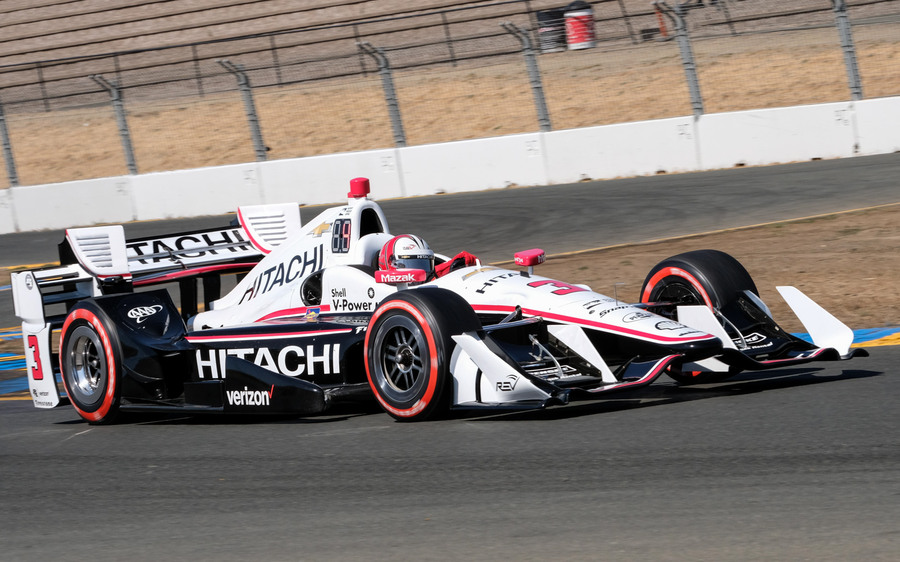
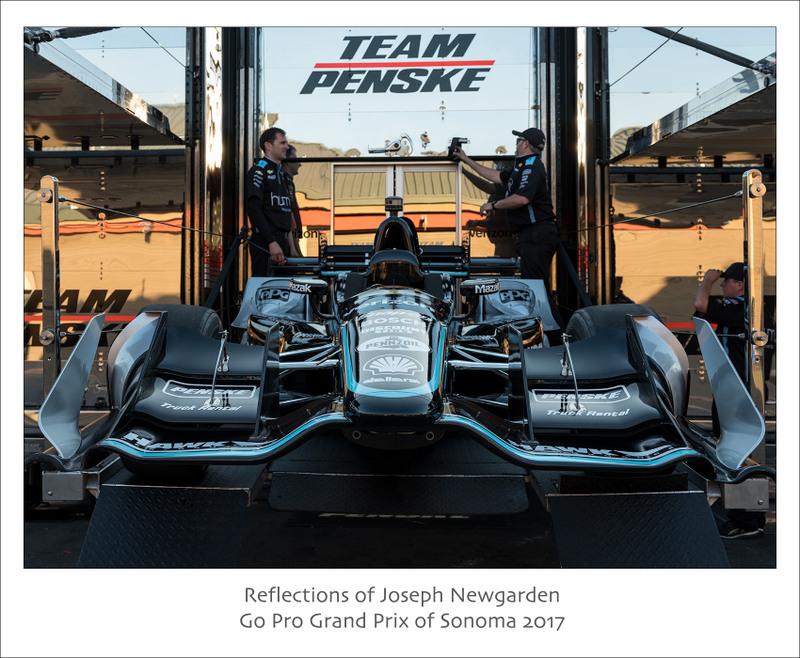
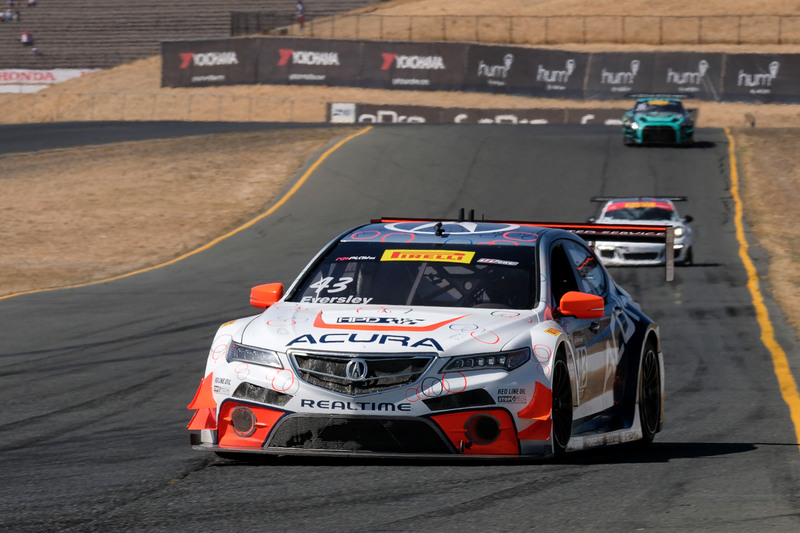



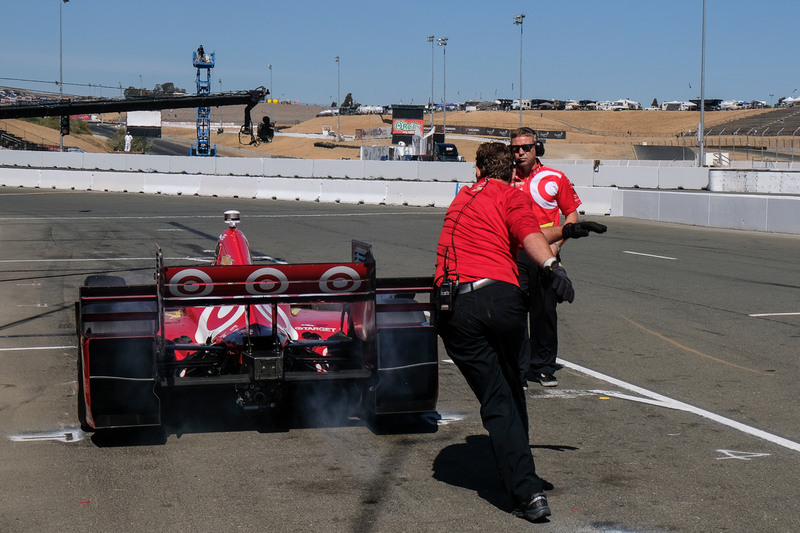
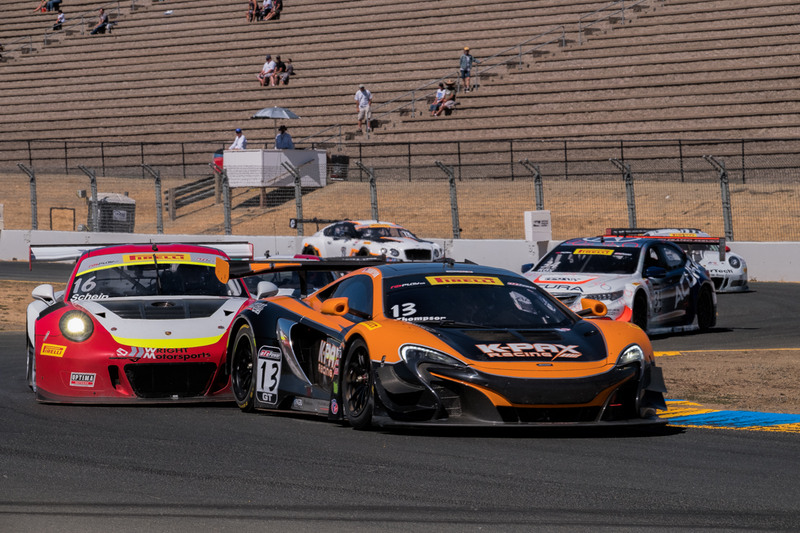
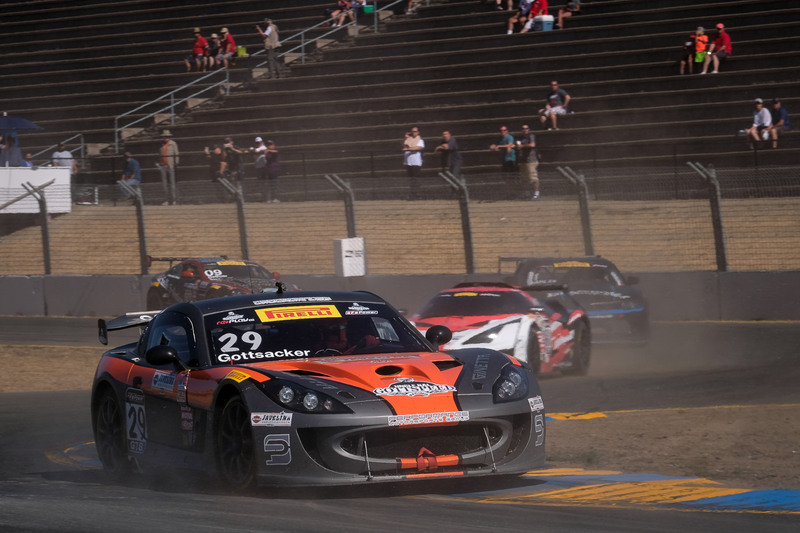

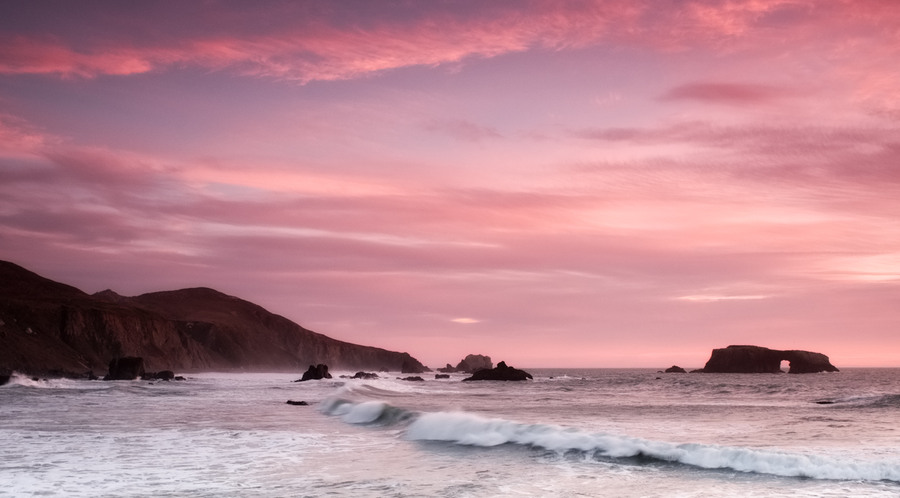

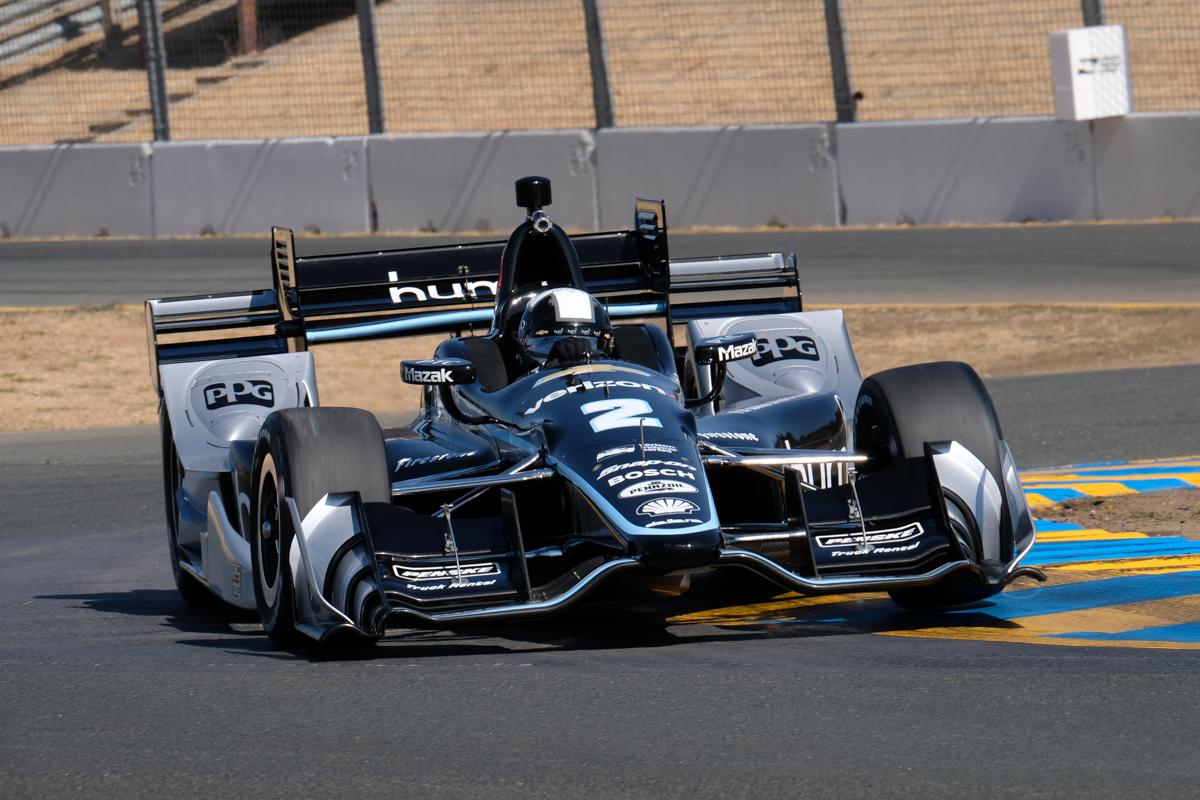

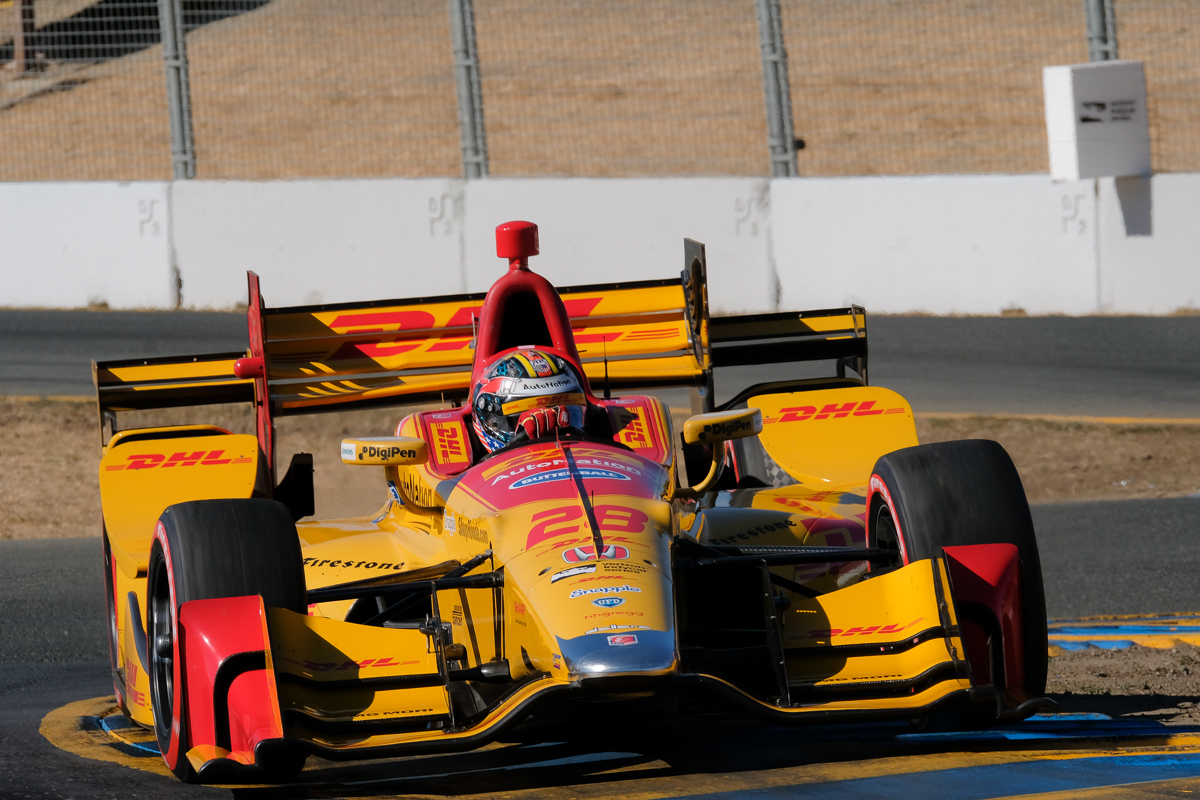
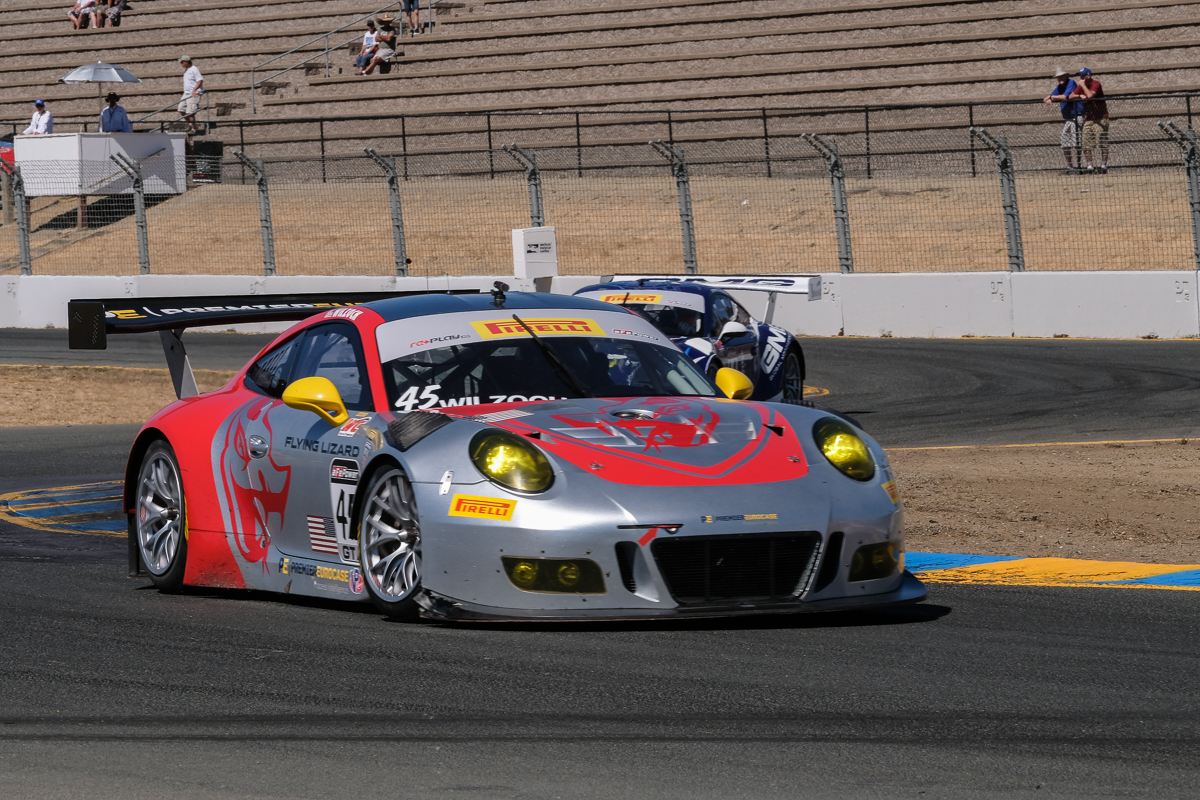
Fuji X-H1 – Your Opinion
in Fuji X-H1 / Fuji X-H2s / Fuji X-H2
Posted
I usually use Matrix mode, but sometimes center-weighted, occasionally spot. I always refer to the histogram in the display as a check.